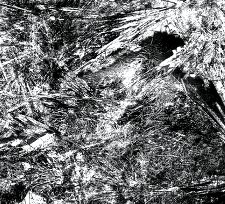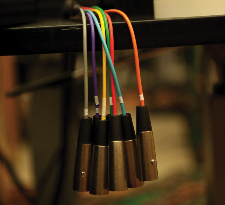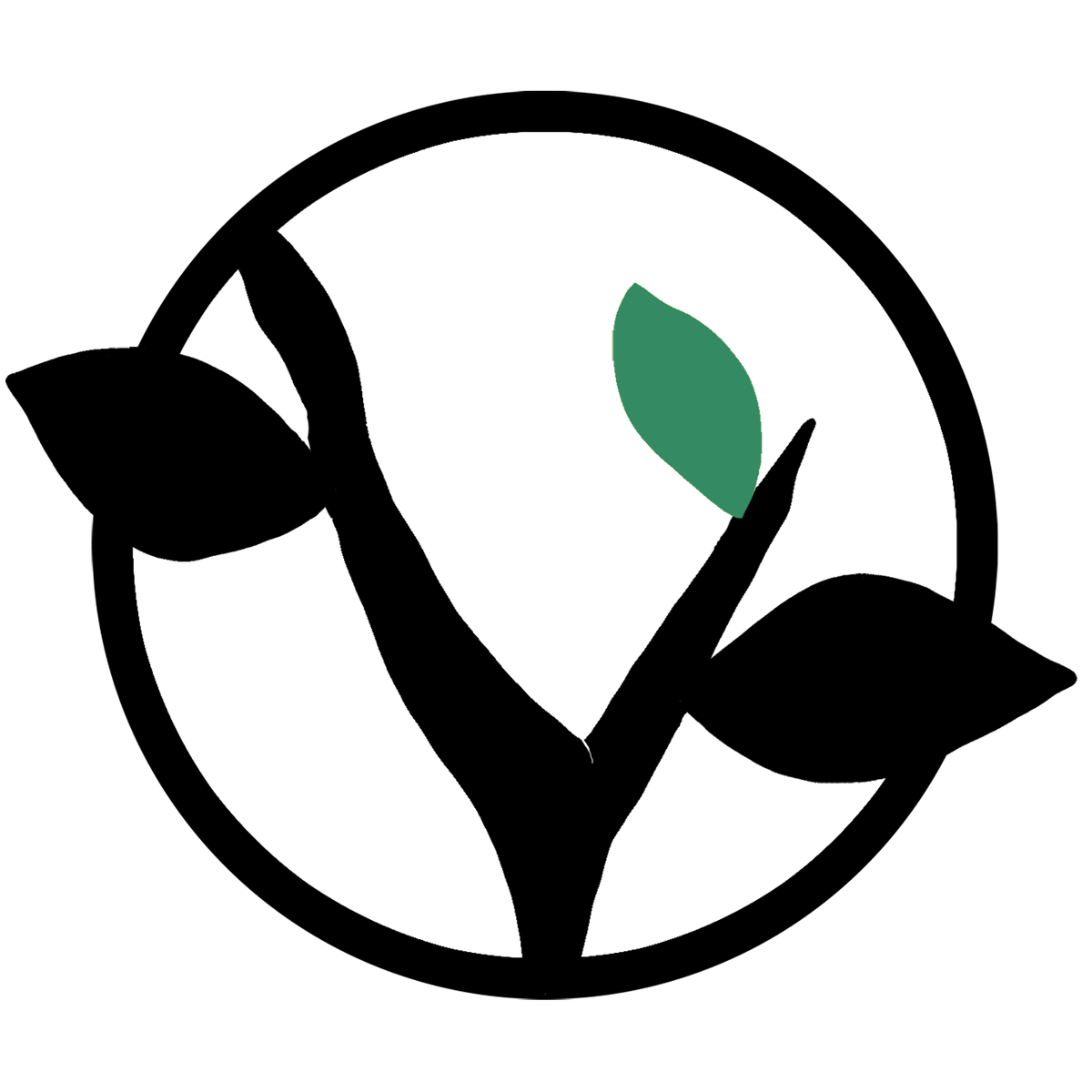Spark of Being, Words
As promised…
Spark of Being, Words


I’ve always felt that no matter how complex the music gets, it should always be built from the smallest and simplest of ideas. Beginning with a few small motifs suggested by the materials Bill showed me, the score for Spark of Being was conceived with the musicians in Keystone in mind. A lot of the development of the piece comes about through improvisation, but there is also a great deal of empathy on the part of the musicians towards the smallest bits of information given to them. The compositions on this box are, as you will hear, all cobbled together using various gatherings of a few key elements.
The initial impetus for writing was the collaboration with images. Bill and I started this project at the same time, and we passed material back and forth repeatedly. That’s what I think is responsible for the particular tone of this music. In making Spark of Being I also had the opportunity to work closely and over long periods with DJ Olive and Adam Benjamin. A lot of that work had to do with finding sounds and tweaking them to get the effect we were looking for. I also relied on Adam Benjamin’s expertise in GarageBand, and Olive’s in Ableton Live, software applications I ended up having to learn for myself. It created a situation where, when the rest of the band showed up (Marcus Strickland, Brad Jones, and Gene Lake), we were able to put our experience improvising together to work in this entirely new sonic environment. Likewise, the editing and mixing process was long and involved, many hours spent with Geoff Countyman and Tyler McDiarmid working with the materials. They were kind enough to teach me several other indispensable computer apps.
As I step into a new involvement with music in the digital age, I don’t believe past lessons should be thrown away. The streamlined model of Miles Davis’ ensembles has always been important to me. I don’t think you can minimize the power of extreme editing and its influence on the perception of revolution in the sound of his groups. The music is so naked at times that the sound becomes everything. That is not lost on me, though I hope that’s not all people hear when they consider this box set. The suite-like extended improvisations and compositions of Don Cherry and Woody Shaw are powerful examples that I treasure. Likewise, sonic explorations by Jon Hassell and Bill Dixon, though radically different in end result, are also influential models for me. By naming these names here I am not claiming any credit or ownership, merely point out a few connections. This music does not come out of the blue, uninfluenced by precedent. But neither is it a slavish recreation. My intention is to make an amalgamation of many inspirations that become their own creature, hopefully adding something of my own that is of value. I’m limiting myself to trumpeters here so the notes will be of reasonable length.
Perhaps more than all those inspirations from the past, I also draw sustenance from a younger crop of trumpet players, among them Ambrose Akinmusire, Avishai Cohen, Nate Wooley, Peter Evans, Jonathan Finlayson, Taylor Ho Bynum, Kirk Knuffke, Greg Kelley, Amir ElSaffar, Ibrahim Maalouf, Jason Palmer, Kris Tiner. The landscape of new trumpet music is richer than ever, and quite honestly, these players (and others) have given me profound inspiration and reason to push forward. Their influence powerfully affected my thinking in making this music.
Spark of Being began its life as a meditation on humanity and technology.  Through the lens of contemporary music and film, the filmmaker Bill Morrison and I were both interested in a collaborative piece about human invention: from the profound to the quirky, from the benign to the disastrous. We struggled with various approaches to representation, collecting materials for months. How do you approach such an vast, abstract field through images and music? One day Bill mentioned a metaphoric work that he always felt had mirrored his process: Mary Shelley’s Frankenstein. Seeing as Bill pieces together archival footage to create his work and I use samplers and references to various musics, the Creature seemed like a frighteningly apt body to build our piece around.
Through the lens of contemporary music and film, the filmmaker Bill Morrison and I were both interested in a collaborative piece about human invention: from the profound to the quirky, from the benign to the disastrous. We struggled with various approaches to representation, collecting materials for months. How do you approach such an vast, abstract field through images and music? One day Bill mentioned a metaphoric work that he always felt had mirrored his process: Mary Shelley’s Frankenstein. Seeing as Bill pieces together archival footage to create his work and I use samplers and references to various musics, the Creature seemed like a frighteningly apt body to build our piece around.
The most remarkable thing for me in rereading Shelley’s Frankenstein is that the monster is not, as usually depicted, an imbecilic, stumbling zombie. When the creature first opens his mouth, he goes on at length in flowing Romantic speech, with fully formed emotions and well-reasoned arguments. I laughed out loud. But the sting of the creature’s wound at being spurned by his creator ultimately takes over. It is chillingly, heartbreakingly human. This invented being knows a lot about being human (he learns it from Milton) and, not surprisingly, he wants to have it all. And we’re forced to ask ourselves why he shouldn’t have it. Technology. Creation. Life. Heart. Being. Desire. Struggle. Much of the music here is written from the perspective of the Creature, the invention, and the desire to be whole.
Spark of Being emerged from a marathon session at CCRMA. Five days of recording both with the film and without,  many versions of each piece just to get the match right, and several additional pieces written with our group sound in mind that ended up on the cutting room floor in the film edit. Keystone, the band, plays with an interactive style that brings out lightening-fast musical conversations and explosive dynamic developments. Having a whole week in one room has a lot to do with that. The added element of musique concrete and electronic sound manipulation becomes an extended part of that palate, making this electric band play with the interactivity and subtlety expected of acoustic groups. Spark of Being, the session, put all the pieces in place so that we could really play that game at the highest level.
many versions of each piece just to get the match right, and several additional pieces written with our group sound in mind that ended up on the cutting room floor in the film edit. Keystone, the band, plays with an interactive style that brings out lightening-fast musical conversations and explosive dynamic developments. Having a whole week in one room has a lot to do with that. The added element of musique concrete and electronic sound manipulation becomes an extended part of that palate, making this electric band play with the interactivity and subtlety expected of acoustic groups. Spark of Being, the session, put all the pieces in place so that we could really play that game at the highest level.
I am thankful to all my collaborators here for helping to make that happen. It is fulfilling to release these three visions of the music, and I hope you’ll enjoy both the film screening and the music as it stands by itself.
Each collection in this trilogy differs in conception. ‘Soundtrack,’ the most edited of the bunch, is literally the soundtrack to the film. ‘Expand’ contains more or less ‘straight’ performances of themes written for the film. And ‘Burst’ has several themes recorded at the session that did not appear in the film.
Mary Shelley :
… I collected the instruments of life around me, that I might infuse a spark of being into the lifeless thing that lay at my feet. It was already one in the morning; the rain pattered dismally against the panes, and my candle was nearly burnt out, when, by the glimmer of the half-extinguished light, I saw the dull yellow eye of the creature open; it breathed hard, and a convulsive motion agitated its limbs…
